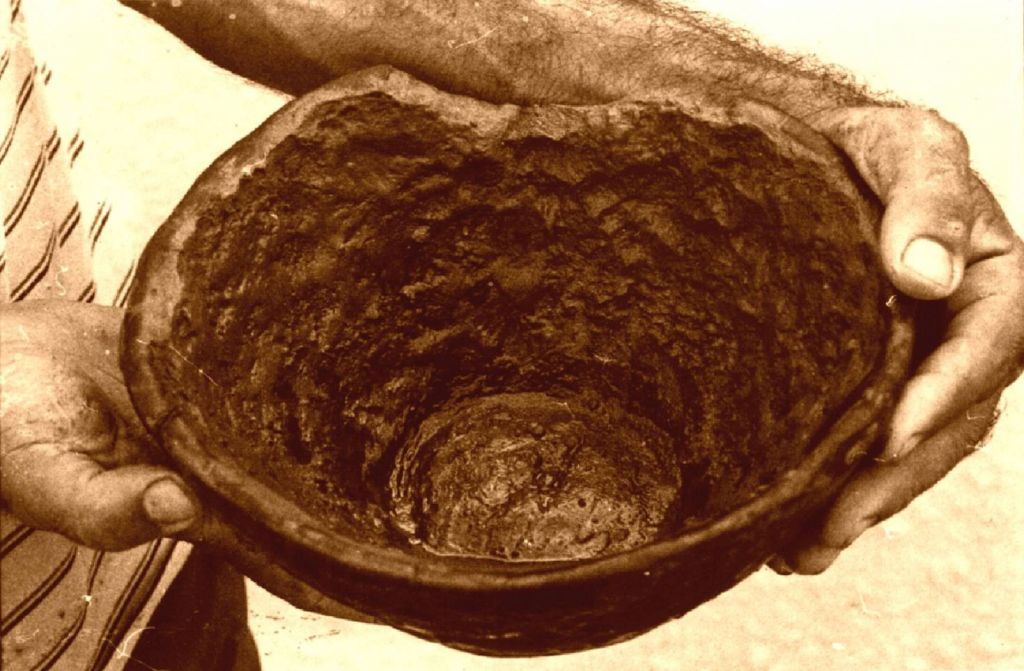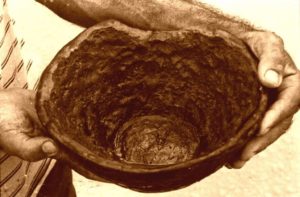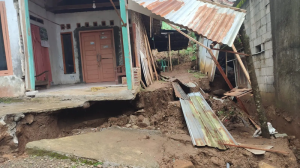
An 8,000-year-old wooden bowl from Kfar Samir, near Haifa. (photo credit: Josef Galili, courtesy of Dr. Ehud Galili)
Haifa, 23 Safar 1436/16 December 2014 (MINA) – Archaeologists have recently discovered the remains of a 7,700-year-old village off the Haifa coast and found what may be the world’s oldest known wooden structure. The site might also help shed light on the nature of global warming and climate change.
In October, a team from the Israeli University of Haifa found a well belonging to a Neolithic village at a site known as Kfar Samir. The village is approximately 200 metres offshore and located about 16 feet underwater, Middle East Monitor (MEMO) quoted by Mi’raj Islamic News Agency (MINA) as reporting, Tuesday.
This village was first surveyed in 1991 and yielded the oldest evidence of olive oil production, and some of the oldest wooden artefacts in the world. The water well was built of wooden branches and stones and may be one of the oldest known wooden structures.
Kfar Samir is one of six “marvellously preserved” prehistoric settlements running along the coastline from Haifa to Atlit that were submerged roughly 7,000 years ago, one of the archaeologists said.
Also Read: UNIFIL Reports Over 7,300 Israeli Violations of Lebanese Airspace Since Ceasefire
The archaeologist said that during the last ice age, which ended 20,000 years ago, global sea levels were 100 meters lower than they are today. The eastern Mediterranean coastline was about 10 kilometres to the west, and prehistoric peoples populated that shore.
Around the time Kfar Samir was inhabited, the sea level was eight metres lower and the seashore was 700 metres farther west than it is today.
Sea levels rose with the melting of ice caps and glaciers, the shoreline rose to its present level and submerged the villages.
The archaeologist said he hopes the ongoing excavations at Kfar Samir will shed light on the people who first started producing olive oil, and the methods by which they did it.
Also Read: Russia Condemns UN Gaza Resolution, Says It Contradicts Palestinian Statehood
After removing roughly 100 cubic metres of sand from the seabed, the team exposed one of the ancient wells that provided freshwater for the inhabitants of the coastal village.
Excavation of these sites not only enhances our understanding of early human settlements, the archaeologist said, but also sheds light on our adaptation to rising sea levels and global warming problems we face in the 21st Century. (T/P002/P3)
Mi’raj Islamic News Agency (MINA)
Also Read: Israeli Airstrike on Palestinian Refugee Camp in Lebanon Kills 13




























 Mina Indonesia
Mina Indonesia Mina Arabic
Mina Arabic